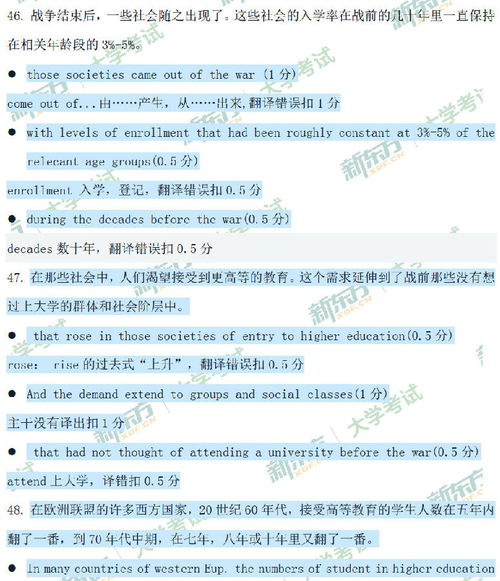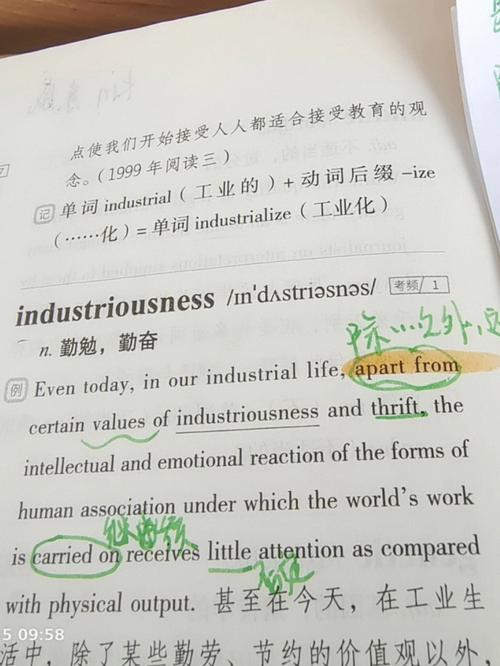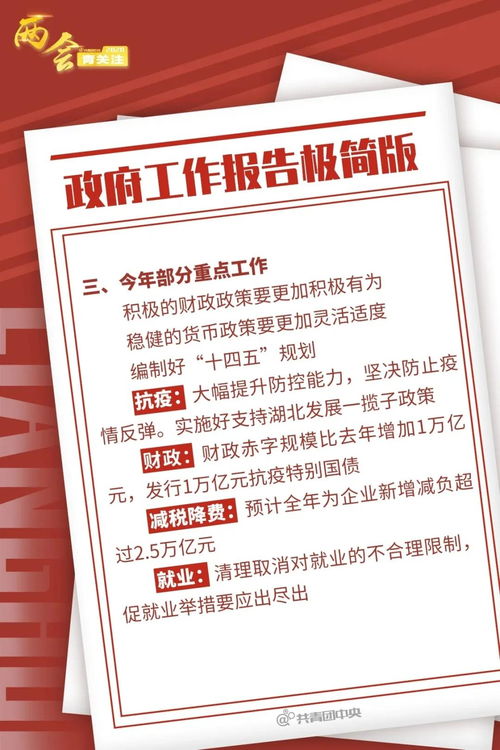考研英语缩写怎么拼写
Title: Translating Common Chinese Academic Abbreviations into English

In Chinese academia, various abbreviations are commonly used, especially in the context of exams like the Graduate Record Examination (GRE). Translating these abbreviations accurately into English is crucial for effective communication. Below, I provide translations for some frequently encountered Chinese academic abbreviations:
1.
考研 (Kǎo Yán)
Short for "研究生入学考试 (Yánjiūshēng Rùxué Kǎoshì)" which translates to the "Graduate Entrance Exam" or simply "Postgraduate Entrance Examination."2.
英语四级 (Yīngyǔ Sìjí)
Known as "CET4 (College English Test Level 4)" in English, it is a standardized English proficiency test in China for college students.3.
英语六级 (Yīngyǔ Liùjí)
This is referred to as "CET6 (College English Test Level 6)" in English, another standardized English proficiency test in China, typically taken by college students as well.4.
高考 (Gāokǎo)
Translates to the "National College Entrance Examination," which is a crucial exam for Chinese students seeking admission to undergraduate programs.5.
托福 (Tuōfú)
Stands for the "Test of English as a Foreign Language (TOEFL)," an English proficiency test widely used for admission to universities in Englishspeaking countries.6.
雅思 (Yǎsī)
Refers to the "International English Language Testing System (IELTS)," another popular English language proficiency test used for study, work, and migration purposes.7.
GRE (Gǔlì)
This abbreviation remains the same in English, standing for the "Graduate Record Examination," a standardized test widely used for admissions to graduate and business schools in various Englishspeaking countries.8.
GMAT (Jīngguǎn Kǎoshì)
In English, it stands for the "Graduate Management Admission Test," a computer adaptive test used for admission to graduate management programs, such as MBA programs.9.
SAT (Mei Guó Dà Xué Wèi Shēng Kǎoshì)
Translates to the "Scholastic Assessment Test" in English, a standardized test widely used for college admissions in the United States.10.
GRE数学 (GRE Shùxué)
This refers to the "GRE Mathematics Subject Test," which evaluates a candidate's knowledge of undergraduate mathematics, often required for admission to graduate programs in mathematics or related fields.11.
GRE写作 (GRE Xiězuò)
Translates to the "GRE Analytical Writing Section," which assesses analytical writing skills. It's a part of the GRE General Test.12.
GRE词汇 (GRE Cíhuì)
Refers to the "GRE Vocabulary," which includes a wide range of words and their meanings frequently tested in the verbal section of the GRE.13.
法硕 (Fǎ Shuò)
In English, it translates to "LLM (Master of Laws)," a postgraduate academic degree in law.14.
会计硕士 (Kuàijì Shuòshì)
Translates to "MAcc (Master of Accountancy)" or "MSA (Master of Science in Accountancy)," depending on the program's focus and title.15.
MBA (Shāngwù Guǎnlǐ Móshì)
This remains the same in English, standing for "Master of Business Administration," a graduate degree focusing on business management.Accurate translation of these abbreviations is essential for international communication and understanding in academic contexts. Whether you're preparing for exams, applying to universities abroad, or collaborating with international colleagues, knowing these translations can greatly facilitate effective communication.












评论